Slackware

Slackware: Classic Linux Distribution for Simplicity
Slackware is a Linux distribution built from source that emphasizes simplicity, stability, and security. It uses a barebones approach and tries to stay true to classic Linux philosophy.
What is Slackware?
Slackware is one of the oldest actively maintained Linux distributions. It was first released in 1993 by Patrick Volkerding and emphasizes simplicity, stability, and security as its core principles. Some key things to know about Slackware:
- It is configured by editing plain text configuration files rather than using graphical configuration tools.
- Packages are compiled from source into .tgz and .txz packages rather than using a binary package management system.
- It uses Linux kernels and init systems that favor stability over bleeding edge features.
- The default install is very lightweight without unnecessary programs or services included.
- It has a passionate community of expert Linux users but can be challenging for beginners.
- Security and stability updates are provided on an ongoing basis through Slackware's change log files.
In summary, Slackware strives to be a simple, barebones Linux distribution that stays true to the original Linux ethos. It favors stability and security over convenience and is managed through text-based configuration. This makes it appealing to Linux purists but potentially challenging for newer users.
Slackware Features
Features
- Uses a full Linux kernel and system
- Minimalist design and modular architecture
- Does not contain GUI configuration tools or automation
- Focuses on stability, security and simplicity
- Uses tarballs and scripts for package management
- Supports a wide range of architectures
Pricing
- Open Source
Pros
Cons
Official Links
Reviews & Ratings
Login to ReviewThe Best Slackware Alternatives
Top Os & Utilities and Linux Distributions and other similar apps like Slackware
Here are some alternatives to Slackware:
Suggest an alternative ❐Windows 10

Ubuntu

MacOS
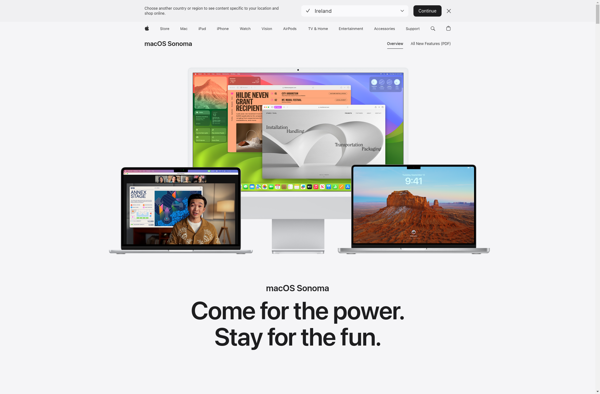
Linux Mint
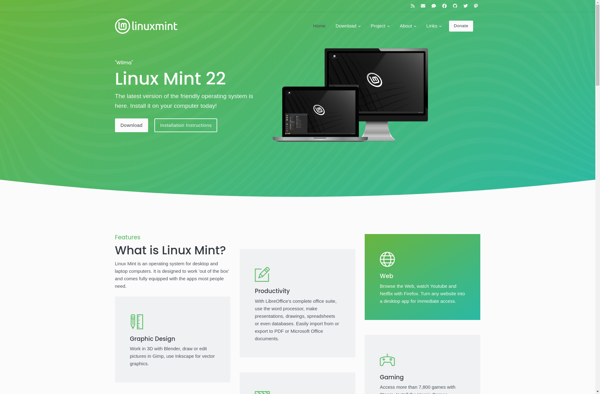
Arch Linux

Elementary OS

Debian
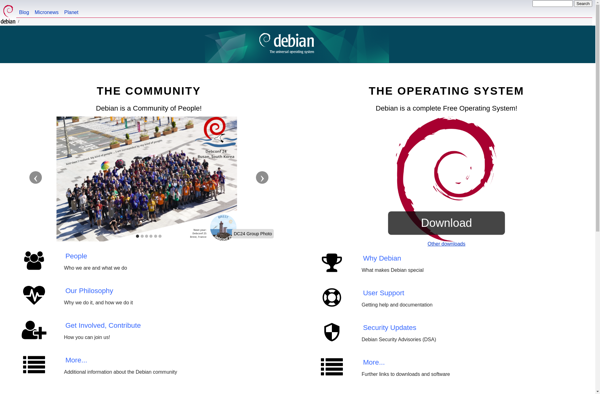
Fedora

Manjaro Linux

OpenSUSE
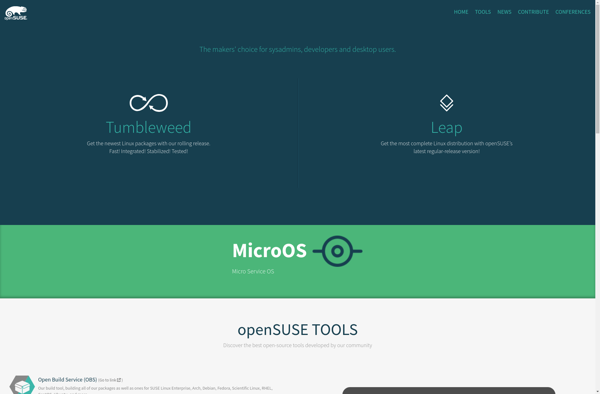
Kubuntu
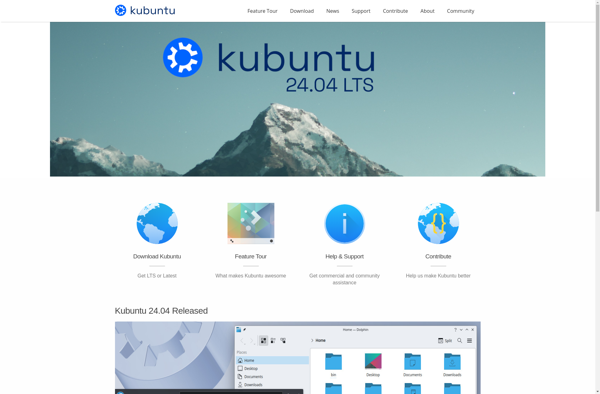
Vector Linux
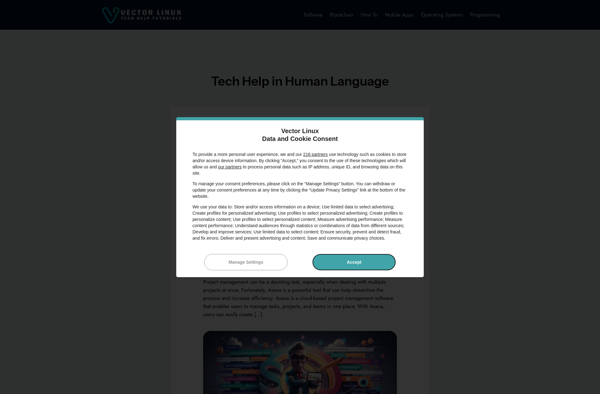
Android Revolution HD
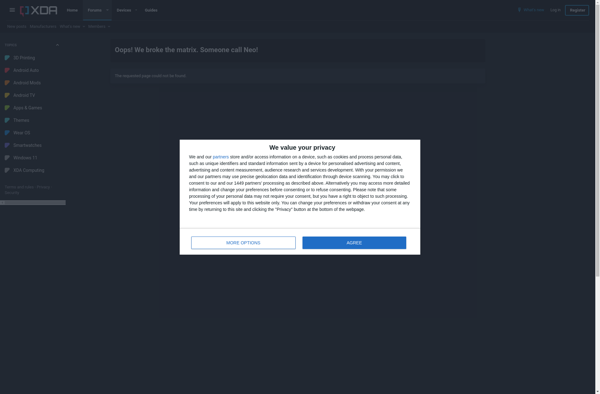
Zenwalk Linux
QtMoko
